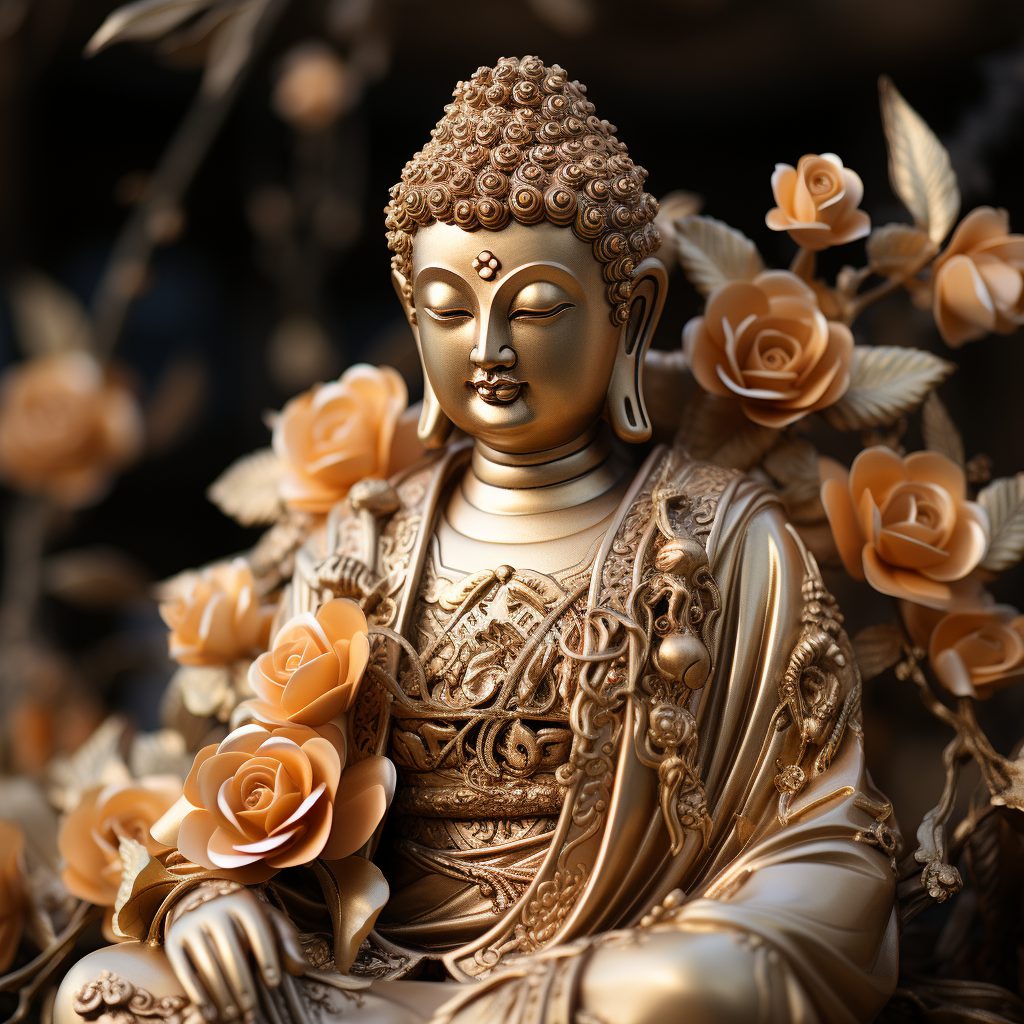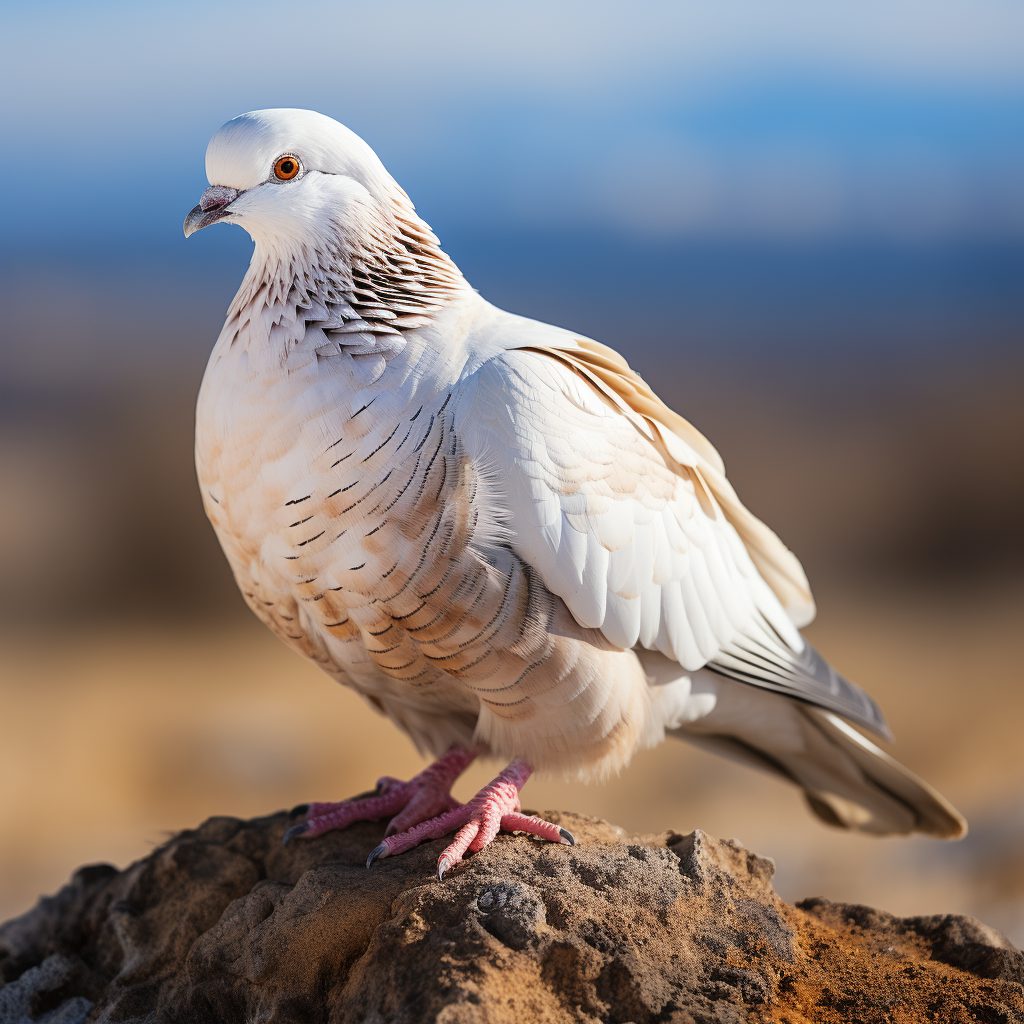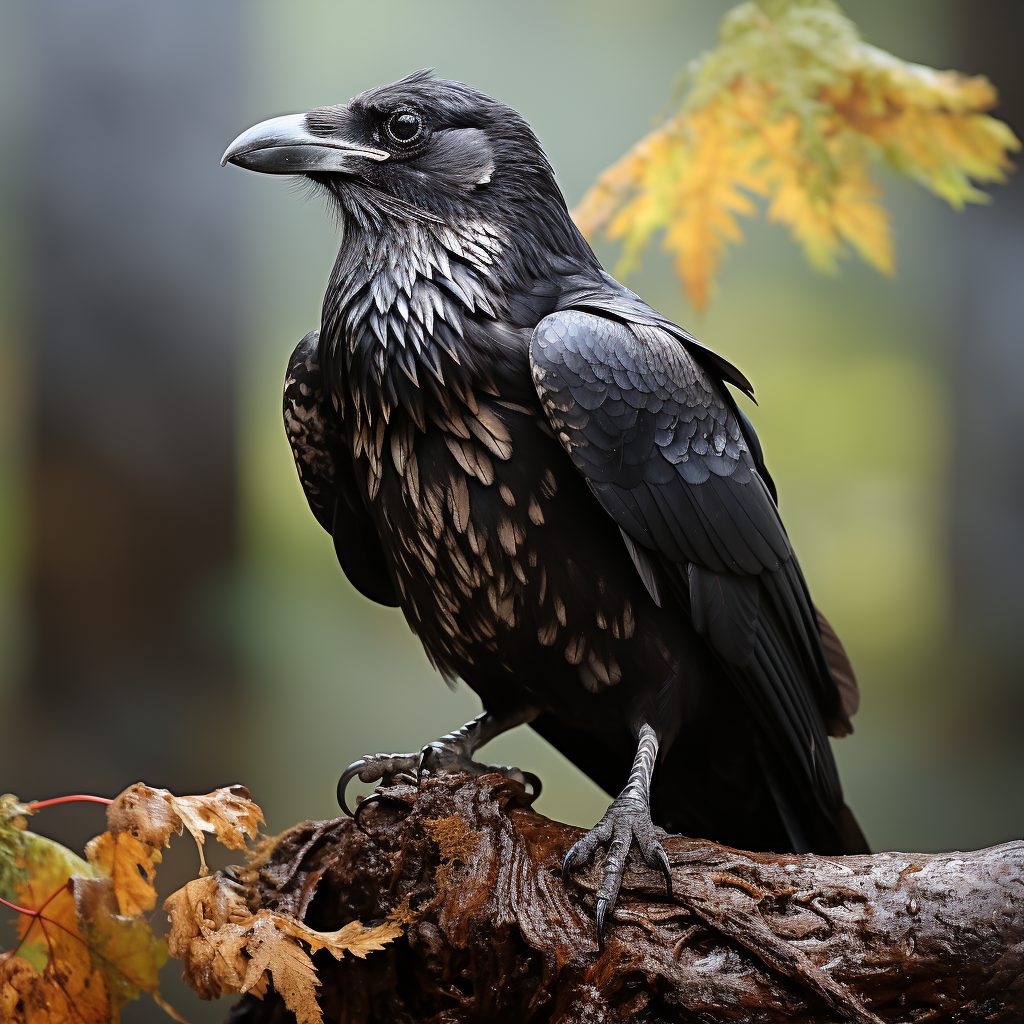Throughout history, symbols have played an integral role in representing complex emotions, beliefs, and values. Among these, symbols of kindness stand out for their universal appeal and timeless significance. Whether etched in ancient scriptures or worn as modern-day jewelry, these emblems are gentle reminders of the profound impact of compassion, empathy, and benevolence.
Kindness is a virtue that transcends borders, cultures, and epochs. It’s a universal language that everyone, regardless of background, understands and appreciates. The symbols associated with kindness are not just mere representations; they are powerful tools that evoke feelings, inspire actions, and remind us of the inherent goodness within and around us.
“Kindness is the language which the deaf can hear and the blind can see.” – Mark Twain
From the gentle curve of a heart to the serene flight of a dove, symbols of kindness surround us. They resonate with our innermost feelings, serving as bridges between our intentions and actions. This article delves deep into the myriad symbols that have, over centuries, become synonymous with kindness, exploring their origins, meanings, and the cultures from which they emerged.
Many kindness symbols have their roots in ancient civilizations, where they were revered and integrated into daily life, rituals, and ceremonies. Over time, these symbols have evolved, but their core essence of representing love, compassion, and benevolence remains unchanged.
Universal and Timeless Symbols
Across various cultures and epochs, certain symbols have emerged as universal representations of kindness. Their meanings, deeply rooted in ancient traditions, have transcended time and space, resonating with people from all walks of life. Let’s explore some of these timeless emblems and their profound significance.
- Heart: The Quintessential Symbol of Love and Kindness
-
 Feather: Lightness and Benevolence
Feather: Lightness and Benevolence - Endless Knot: Interconnectedness and Compassion
-
 Lotus Flower: Purity and Kindness Rising from Adversity
Lotus Flower: Purity and Kindness Rising from Adversity
The heart, with its unmistakable shape, is the most recognized symbol of love and kindness worldwide. It embodies warmth, affection, and genuine care. Whether depicted in art, jewelry, or literature, the heart serves as a poignant reminder of the boundless capacity humans have for love and compassion.
Feathers, often associated with birds, symbolize freedom, hope, and benevolence. Their delicate nature reminds us of the gentle touch of kindness, while their ability to float in the air signifies the uplifting power of compassionate acts. In many cultures, finding a feather is a sign of divine protection and guidance.
The Endless Knot, with its intricate loops and turns, represents the interconnectedness of all things. Originating from ancient Indian and Tibetan traditions, this symbol emphasizes the cyclical nature of life and the interconnectedness of cause and effect. It serves as a reminder that acts of kindness, no matter how small, can have far-reaching effects.
The Lotus Flower, often seen in Eastern religions and philosophies, symbolizes purity, enlightenment, and rebirth. Its growth, from the muddy waters to the surface, mirrors the journey of the soul from darkness to light. The lotus epitomizes the resilience of kindness, showing that compassion can thrive even in the most challenging circumstances.
Fun Fact: The Lotus Flower is revered in many cultures, not just for its beauty but also for its symbolic representation of the journey of the soul. In Buddhism, it signifies purity of the body, speech, and mind, while in Hinduism, it is associated with divinity, fertility, and prosperity.
Religious and Spiritual Icons
Religion and spirituality have always played a pivotal role in shaping our understanding of kindness. Historically, various religious figures, deities, and symbols have been revered as embodiments of compassion, love, and benevolence. Let’s delve into some of these iconic representations and their profound meanings.
-
 Buddha: Enlightenment and Compassion
Buddha: Enlightenment and Compassion - Guan Yin (Quan Yin): Goddess of Mercy and Kindness
- Lord Krishna: Divine Love and Generosity
- “Om” Syllable: Universal Sound of Peace
- Heart Chakra: Center of Love and Kindness
Siddhartha Gautama, known as the Buddha, symbolizes enlightenment and compassion in Buddhism. His teachings emphasize the importance of kindness, understanding, and empathy towards all living beings. The Buddha’s serene demeanor and meditative posture inspire followers to cultivate inner peace and extend compassion to others.
Guan Yin, also known as Quan Yin, is a revered figure in East Asian Buddhism. Often depicted as a graceful woman, she embodies mercy, compassion, and unconditional love. As the “Goddess of Mercy,” she listens to the cries of the world and offers solace and comfort to those in need, symbolizing the boundless kindness one can offer to others.
In Hinduism, Lord Krishna is celebrated as a deity of divine love, joy, and playfulness. His tales, especially those of his childhood, are filled with acts of kindness, generosity, and love. As a divine flute player, Krishna’s melodies are believed to enchant the hearts of all, drawing them closer to the essence of pure love and kindness.
The “Om” syllable, often chanted in meditation and spiritual practices, is considered the universal sound of peace and harmony in Hinduism, Buddhism, and other Eastern traditions. It represents the union of mind, body, and spirit, emphasizing the interconnectedness of all beings. Chanting “Om” is believed to resonate with the vibrations of kindness, peace, and universal love.
The Heart Chakra, known as “Anahata” in Sanskrit, is the fourth primary chakra located in the center of the chest. It is associated with love, compassion, and kindness. When balanced, the Heart Chakra allows individuals to give and receive love freely, fostering empathy, understanding, and genuine care for oneself and others.
The Heart Chakra is often visualized as a green or pink lotus with twelve petals. It is believed that when this chakra is open and balanced, it paves the way for deeper connections, harmonious relationships, and a greater sense of inner peace.
- Varada Mudra: Gesture of Giving and Generosity
- Parasol: Protection and Care
- Crown (at the top of a Stupa): Spiritual Elevation and Kindness
- Avalokiteshvara Bodhisattva: Embodiment of Compassion
- Holy Basil (Tulsi): Sacred Plant of Devotion and Kindness
The Varada Mudra is a symbolic hand gesture commonly seen in Buddhist and Hindu iconography. With the palm facing outward and fingers pointing downward, it represents the act of giving, generosity, and charity. This mudra signifies the offering of blessings, compassion, and relief from suffering, emphasizing the importance of selfless giving in the path of spiritual growth.
In many Eastern traditions, the parasol symbolizes protection, royalty, and care. Often seen held above deities or important figures, it shields them from the scorching sun, representing the protective and caring nature of the divine. The parasol’s shade signifies the shielding of living beings from life’s hardships, emphasizing the kindness and compassion of higher powers.
The crown, often found adorning the pinnacle of a stupa, signifies spiritual elevation, enlightenment, and the benevolence of the Buddha. It represents the highest attainable state of kindness and compassion, where one transcends worldly desires and attachments, reaching a state of pure love and understanding.
Avalokiteshvara, known as the Bodhisattva of Compassion, is a revered figure in Mahayana Buddhism. Often depicted with multiple arms and heads, he embodies the infinite compassion of the Buddha. Avalokiteshvara’s very essence is to listen to the cries of the world and extend a helping hand, symbolizing boundless kindness and the alleviation of suffering.
Holy Basil, commonly known as Tulsi in India, is a sacred plant revered for its spiritual and medicinal properties. In Hinduism, Tulsi is considered an embodiment of the goddess Lakshmi and symbolizes purity, devotion, and kindness. Its leaves are often used in rituals and prayers, signifying the offering of one’s heart and soul in devotion and the nurturing nature of kindness.
Avalokiteshvara is known by different names in various cultures. In Tibet, he is called Chenrezig, while in China, he is known as Guan Yin. Despite the variations in names and forms, the essence of boundless compassion remains consistent across all depictions.
Animals and Birds: Nature’s Kind Ambassadors
Throughout history, animals and birds have been revered as symbols, representing various qualities and virtues. Their behaviors, characteristics, and interactions with their environment provide profound insights into the essence of kindness and compassion. Let’s delve into some of these magnificent creatures and uncover the kindness they symbolize.
-
 Dove: Peace and Gentleness
Dove: Peace and Gentleness - Deer: Grace and Harmlessness
- Pelican: Selflessness and Sacrifice
-
 Raven: Magic and Healing
Raven: Magic and Healing
The dove, often seen with an olive branches, is universally recognized as a symbol of peace, love, and gentleness. Its serene and calm demeanor embodies harmony and tranquility. In various cultures and religions, the dove is seen as a messenger of hope, love, and reconciliation, reminding us of the gentle power of kindness.
The deer epitomizes harmlessness and gentleness With its delicate features and graceful movements. In many cultures, it’s seen as a creature of the forest that treads lightly, causing no harm. The deer’s presence is often associated with purity, innocence, and kindness, teaching us the importance of moving through life with grace and compassion.
Legend has it that the pelican, in times of famine, would wound itself to feed its young with its blood, symbolizing the ultimate act of selflessness and sacrifice. This noble bird stands as a testament to the lengths one can go to out of love and care, emphasizing the depth of kindness and selfless love.
Often misunderstood due to its dark appearance, the raven is a symbol of magic, transformation, and healing in various cultures. Its intelligence and adaptability make it a revered bird in many indigenous traditions. The raven’s call is believed to bridge the gap between life and death, reminding us of the healing power of kindness and the magic it brings into our lives.
While the raven is often associated with mystery and transformation in the West, in some Native American cultures, it’s seen as a symbol of creation, bringing light to the world and shaping the very landscapes we see today.
-
 Dolphin (Maori Symbol): Joy and Harmony
Dolphin (Maori Symbol): Joy and Harmony - White Parrot: Innocence and Purity
- Manatee: Gentleness and Calmness
-
 Elephant: Wisdom and Loyalty
Elephant: Wisdom and Loyalty - Azure Dragon: Protector and Kind Guardian
-
 Humpback Whale: Nurturer of the Seas
Humpback Whale: Nurturer of the Seas
Highly regarded in Maori culture, the dolphin symbolizes joy, harmony, and connection. Their playful nature and strong social bonds reflect the essence of unity and happiness. Dolphins, with their intelligence and communicative abilities, remind us of the importance of community and the joy that kindness can bring into our lives.
The white parrot, with its pristine feathers and melodious voice, stands as a symbol of innocence, purity, and clarity. In various cultures, this bird is seen as a messenger, carrying pure intentions and bringing forth good news. Its presence encourages us to speak with kindness and act with genuine intentions.
Often referred to as the “gentle giants” of the sea, manatees exude calmness and serenity. Their slow, graceful movements in the water embody a sense of peace and tranquility. As herbivores, they harm no other creatures, making them a symbol of gentleness and kindness in the aquatic world.
Revered in many cultures for its immense wisdom, strength, and loyalty, the elephant symbolizes stability and perseverance. Their close-knit family bonds and protective nature emphasize the importance of community and looking out for one another. The elephant’s gentle demeanor, despite its size, teaches us the power of kindness and the strength it carries.
In Eastern mythology, the Azure Dragon is one of the Four Symbols representing the East. It’s seen as a protector, guarding against evil and bringing forth prosperity. This majestic creature, with its benevolent nature, stands as a kind guardian, emphasizing the protective and nurturing side of kindness.
Known for their soulful songs and nurturing nature, humpback whales are true nurturers of the seas. Their migratory patterns, spanning vast distances, reflect their resilience and determination. As they nurture their young and communicate through intricate songs, they remind us of the depth of kindness and the bonds it can create.
Elephants are known to mourn their dead, showcasing deep emotional bonds and empathy. This profound sense of community and care further cements their status as symbols of kindness and loyalty.
Deities and Mythological Figures
- Archangel Zadkiel: Angel of Mercy
- Clementia: Roman Goddess of Mercy and Clemency
- White & Green Tara: Buddhist Symbols of Compassion
- Vajra: Symbol of Power and Compassion
Archangel Zadkiel, one of the seven archangels in various religious traditions, is often referred to as the “Angel of Mercy.” He embodies forgiveness, compassion, and understanding. Those who seek solace and forgiveness often invoke his guidance, finding comfort in his merciful nature and the kindness he represents.
In Roman mythology, Clementia was the goddess of mercy and clemency. Her very essence was to show kindness and forgiveness, especially to those who sought redemption. As a deity, she served as a reminder of the importance of compassion and the transformative power of kindness in society.
The Taras, particularly the White and Green Taras, are central figures in Buddhism, symbolizing compassion, protection, and healing. The White Tara is often associated with longevity and healing, while the Green Tara represents protection and earthly concerns. Both embody the essence of compassion, emphasizing the importance of kindness and empathy in spiritual practices.
The Vajra, often depicted as a ritual object in Buddhism and Hinduism, symbolizes both the indestructible qualities of a diamond and the irresistible force of a thunderbolt. While it represents power and determination, it also embodies compassion. The dual nature of the Vajra reminds us that true strength lies in combining power with kindness.
The Green Tara is often depicted with one foot stepping out, symbolizing her readiness to spring into action and assist those in need. This proactive stance reinforces her role as a compassionate protector and guide.
Plants and Flowers: Nature’s Gentle Reminders
- English Bluebells: Humility and Constancy
- Anthurium: Hospitality and Kindness
-
 Peacock: Beauty and Compassion
Peacock: Beauty and Compassion - White Jasmine: Sweetness and Affection
English Bluebells, with their delicate and enchanting appearance, symbolize humility and constancy. Their gentle sway in the spring breeze serves as a reminder of the consistent and unchanging nature of kindness, even in the face of adversity.
Known for its heart-shaped leaves and bright red spathes, the Anthurium plant represents hospitality and kindness. In many cultures, it’s given as a gift to symbolize a warm welcome or to express appreciation, emphasizing the plant’s association with heartfelt kindness and generosity.
The Peacock, with its vibrant and iridescent feathers, is not only a symbol of beauty but also of compassion. In various traditions, the Peacock’s display of its feathers represents an open heart and the willingness to show kindness and compassion to all.
White Jasmine flowers, known for their intoxicating fragrance, symbolize sweetness and affection. Often used in ceremonies and rituals, these delicate blooms remind us of the gentle nature of kindness and the profound impact of small acts of affection.
Fun Fact: The Peacock is often associated with the deity Saraswati in Hindu mythology, representing wisdom, knowledge, and kindness. Its vibrant display is seen as a dance of joy and compassion.
- Sweetgrass: Healing and Peace
-
 Chamomile: Calmness and Patience
Chamomile: Calmness and Patience - Fern: Sincerity and Honesty
- Pink Dahlia: Dignity and Kindness
Sweetgrass, often used in indigenous ceremonies, is a symbol of healing and peace. Its sweet aroma, when burned, is believed to attract positive energies and promote a sense of well-being, emphasizing its association with kindness and tranquility.
Chamomile, with its dainty white petals and soothing aroma, represents calmness and patience. Often consumed as a tea, it’s renowned for its calming effects, reminding us of the importance of patience and understanding in acts of kindness.
Ferns, with their intricate patterns and ancient lineage, symbolize sincerity and honesty. In various cultures, they are seen as emblems of genuine intentions, underscoring the idea that true kindness stems from a place of sincerity.
The Pink Dahlia, with its layered petals and striking appearance, stands for dignity and kindness. Its presence in gardens and bouquets serves as a reminder of the grace and nobility inherent in acts of genuine kindness.
Chamomile has been used for centuries in traditional medicine for its calming and anti-inflammatory properties. Its association with patience and calmness in symbolism is deeply rooted in its therapeutic uses.
Cultural and Regional Symbols
Across various cultures and regions, symbols have been used to convey messages and values that resonate deeply with the people. Kindness, being a universal virtue, finds representation in diverse symbols that echo the sentiments of different communities.
- Nteasee: African Symbol for Patience and Tolerance
- Obaatan Awaamu: African Symbol for Kindness and Nurturing
- Gebo Rune: Norse Symbol for Gifts and Partnerships
- Hringhorni (Norse Ship): Journey of Kindness and Valor
The Nteasee symbol, originating from the Akan people of Ghana, represents patience and tolerance. It serves as a reminder that understanding and patience are key components of kindness, urging individuals to be tolerant in their interactions with others.
Obaatan Awaamu, another symbol from the Akan culture, signifies kindness and nurturing. It emphasizes the role of care and compassion in our lives, highlighting the nurturing aspect of kindness.
The Gebo Rune, from Norse mythology, represents gifts and partnerships. It underscores the idea that kindness is a gift, and when shared, it fosters strong partnerships and bonds between individuals.
Hringhorni, the ship of the Norse god Balder, symbolizes the journey of kindness and valor. It reminds us that acts of kindness, much like a voyage, require courage and can lead to transformative experiences.
Conclusion
Kindness, in its many forms, is a universal language that transcends borders, cultures, and time. The symbols associated with kindness serve as powerful reminders of the profound impact of simple acts of compassion and understanding. Whether it’s the gentle curve of a heart or the intricate patterns of cultural emblems, these symbols echo the timeless message that kindness, in all its manifestations, is a force that binds humanity together.
Fun Fact: The act of being kind releases oxytocin, often referred to as the “love hormone.” This not only promotes social bonding but also has a positive effect on heart health.

